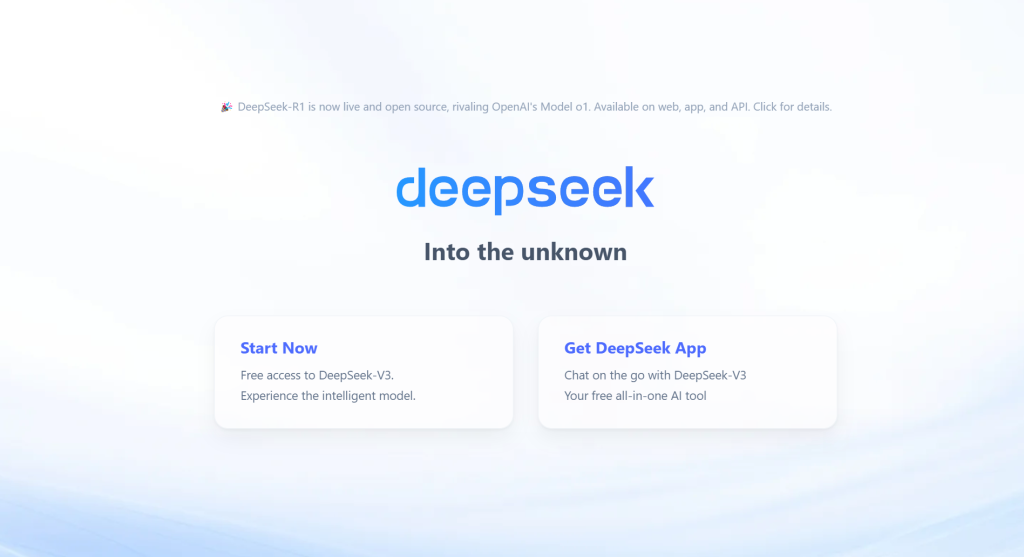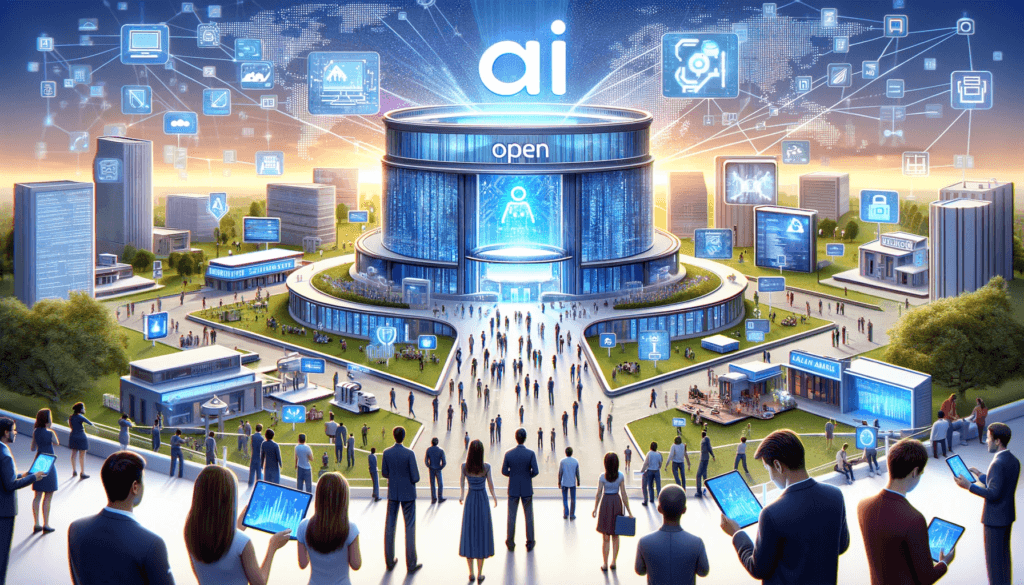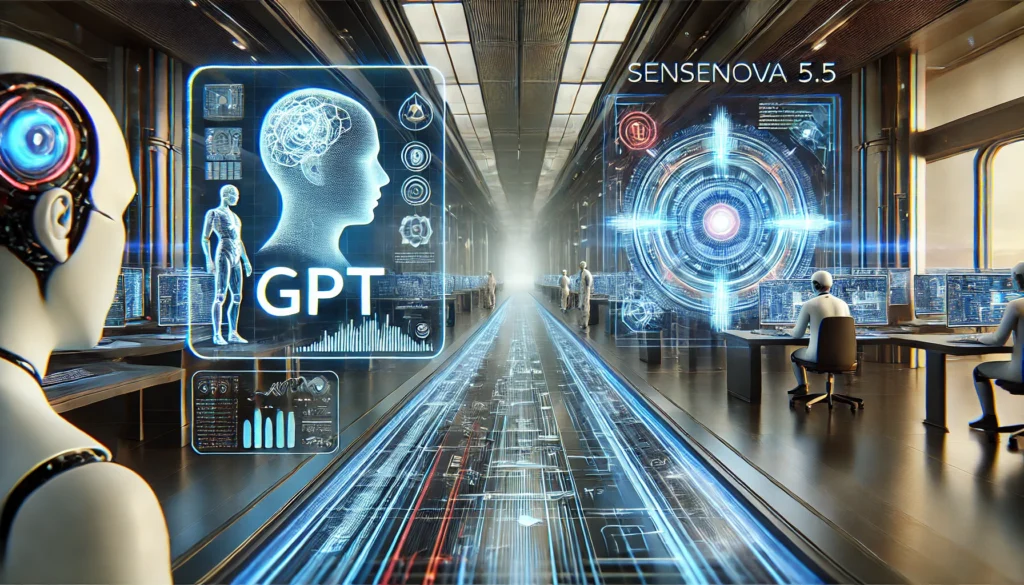The Impact of Poor Data on AI in Public Services

The Impact of Poor Data on AI in Public Services
In a rapidly digitizing world, the potential of artificial intelligence (AI) to revolutionize public services remains largely untapped due to persistent issues with poor data quality and outdated systems. As highlighted in recent discussions, many taxpayer-funded services, from the NHS to local councils, are losing out on billions in productivity savings simply because they rely on legacy technology. Nearly half of public services still lack online access, forcing citizens into cumbersome, time-consuming processes that hinder their experience. With more than a quarter of the UK’s central government systems being outdated, the urgent need for reform is evident. Addressing these inefficiencies not only enhances service delivery but also empowers vulnerable individuals who disproportionately suffer from fragmented systems. To delve deeper into how AI can reshape public services, visit TechForge Media for updates and insights.
The Role of Data Quality in AI Implementation
Data quality is a cornerstone of successful AI initiatives in public services. AI systems rely on accurate, complete, and timely data to deliver actionable insights and informed decision-making. When data quality is compromised due to outdated systems or poor structures, the performance of AI applications is severely limited. For instance, if a local government’s data on community demographics is outdated, any AI-driven analysis of resource allocation will yield misleading results. Consequently, this can lead to ineffective or even harmful outcomes that fail to meet citizen needs. Ensuring high data quality requires a systematic approach to data collection, data cleaning, and integration across various departments.
Legacy Systems: A Barrier to Progress
Many public sector organizations are hampered by legacy systems that not only consume resources but also create data silos. According to a report by the National Audit Office, over 60% of public sector officials believe that legacy systems significantly hinder their ability to deliver efficient services. These systems typically do not integrate well with newer technologies, leading to duplicative efforts and wasted time. Furthermore, they often do not allow for easy data sharing between departments, exacerbating the fragmented nature of public services. For example, individuals transitioning between health services may find themselves repeating information multiple times, creating frustration and unnecessary delays.
Financial Implications of Poor Data Management
The financial repercussions of poor data quality in public services are staggering. A report from the Government Digital Service estimates that about £45 billion could be saved annually through improved data practices. This figure reflects not just the cost of inefficiencies but also potential revenue lost from services unable to operate at their highest efficiency due to outdated systems. The misallocation of resources resulting from inferior data can lead to disparities in service delivery, particularly affecting vulnerable groups who rely heavily on public services.
Empowering Citizens Through Better Data Integration
When data integration is improved, the entire citizen experience can be enhanced. For instance, AI-powered platforms can analyze integrated data sets to identify service gaps or emerging needs within communities. By utilizing real-time data analytics, public services can proactively address issues, leading to better outcomes for citizens. Additionally, when citizens can access services online with real-time data updates, they face fewer barriers in receiving the assistance they need. External sources like GovTech provide insights into how streamlined data access can transform citizen interactions with government services, leading to more satisfying experiences and better civic engagement.
Collaborative Data Efforts Across Departments
Cross-departmental collaboration is crucial for overcoming data silos that impede the effectiveness of AI in public services. For instance, initiatives aimed at data sharing, such as the UK’s Government Digital Service, are essential in ensuring that information flows seamlessly between health departments, social services, and local councils. Creating standardized data protocols can facilitate this sharing, enabling AI algorithms to analyze comprehensive data sets across different sectors. According to the UK Public Administration Select Committee, establishing clear governance around data sharing can significantly enhance the trust and effectiveness of AI initiatives in public services.
The Importance of Training and Workforce Development
To fully leverage AI in public services, training and development of the workforce is essential. Employees need not only technical skills related to AI usage but also a foundational understanding of data governance and quality control. Initiatives aimed at promoting digital literacy within public sector roles can empower staff to utilize AI tools more effectively. According to Deloitte, investing in workforce development to embrace new technologies can lead to significant productivity gains, which directly translates to improved public service delivery.
Addressing Cybersecurity Concerns
While improving data quality and trying to modernize systems, public services must also prioritize cybersecurity. As new technologies bring efficiency, they can also expose sensitive data if not properly secured. Recent reports have shown that local councils and public services are increasingly targeted by cyberattacks, risking the integrity of sensitive citizen data. Secure data practices should thus be an integral part of any upgrade initiative to safeguard against data breaches. Resources such as the Cybersecurity & Infrastructure Security Agency provide guidelines on establishing robust cybersecurity frameworks to protect public services.
Conclusion
In conclusion, poor data quality and legacy systems disproportionately impact public services, hindering the potential benefits of AI. By investing in data quality, prioritizing integration, and focusing on skills development, public services can unlock the transformative potential of AI technologies. This comprehensive approach will improve service delivery, enhance citizen experiences, and result in substantial cost savings.
Unlocking the Future of Public Services
The challenges posed by inadequate data management and outdated systems in public services cannot be overstated. As we’ve explored, the reliance on poor-quality data severely limits the efficacy of AI applications, while legacy systems create barriers that waste time and resources. By prioritizing data quality improvement, embracing modern technology, and fostering cross-departmental collaboration, public services can significantly enhance service delivery. Moreover, investing in workforce training and addressing cybersecurity concerns will empower public sector employees to leverage AI effectively while safeguarding sensitive information. To better understand how technology can revolutionize service delivery and improve citizen engagement, consider reading more at TechForge Media.















































































































